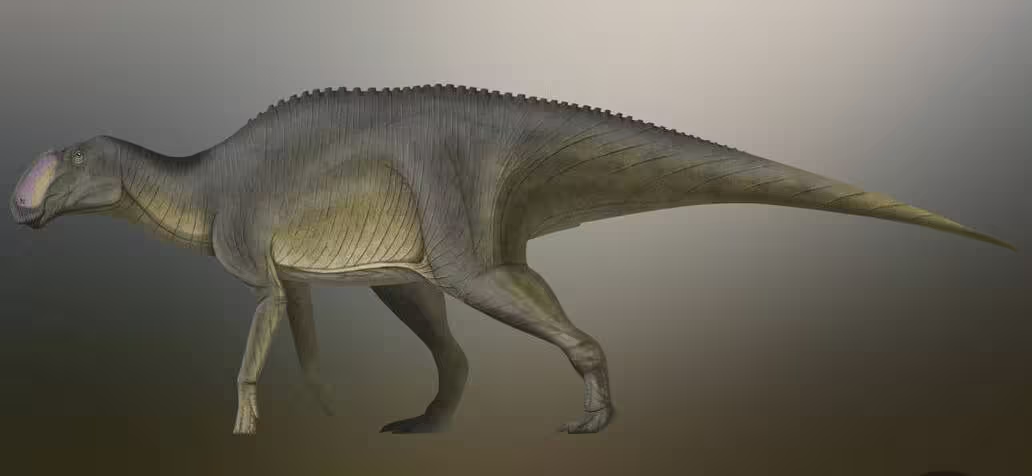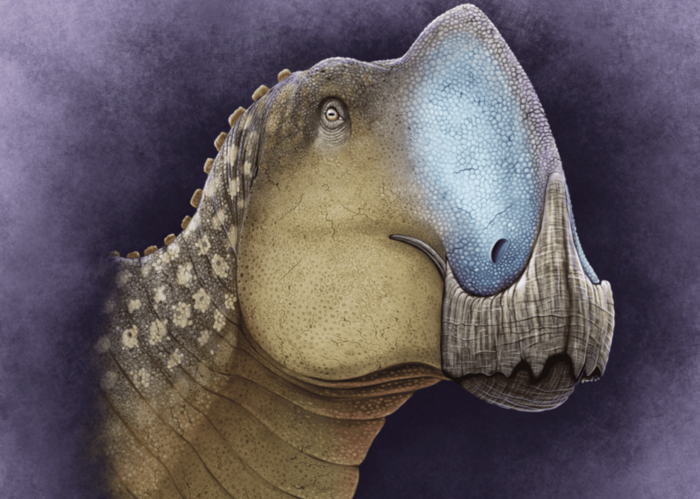Detailed analysis of skull fragments found in Coahuila and previously identified as “crytosaurus” showed that the remains actually belonged to a new species called hadrosaurid. Coahuilasaurus lipaniThey lived in what is now Mexico about 72.5 million years ago.
A group of paleontologists from the University of Bath (Great Britain) and universities in the United States and Mexico have described a new, little-studied species of platypus dinosaur. Analysis showed that its remains differ significantly from those previously discovered.
A new species of dinosaur that lived in northern Mexico during the late Cretaceous period suggests that the region was once home to a diverse range of terrestrial reptile species.
Of the species previously identified as “Crytosaurus”. Coahuilasaurus lipani There are differences in the mouth and beak, due to which scientists decided to classify it as a separate species. The distinctive feature of the find is the shape of the beak, which resembles a duck and forms the entire front part of the skull.
“This species differs from related species by a very short and ‘deep’ snout, as well as numerous tooth-like protrusions in the sky,” write the authors of the study published in the journal Nature. Diversity.
Such unusual jaws suggest the dinosaur was a herbivore that ate palm trees or other hardy plants. The discovery also confirms that Earth’s temperature and sea levels were higher about 73 million years ago.
Data obtained by paleontologists also show that the region bordering the Gulf of Mexico, where the desert is located today, was covered with tropical forests where cacti, palm trees and bananas grew in the distant past.
Let us remind you that in recent years, scientists have discovered in the north of Mexico a rich, unique and diverse dinosaur fauna, different from those previously found in the United States and Canada.
“Crytosaurines are one of the most diverse lineages of hadrosaurs in North America, represented by numerous species from the Late Cretaceous in the western part of the continent,” the authors of the scientific paper wrote. Striking differences in jaw morphology indicate specialization for different ecological environments and foods, and suggest that their evolution was determined by sexual selection.














